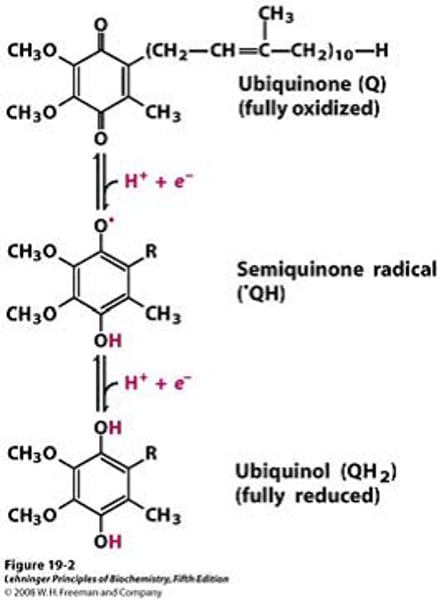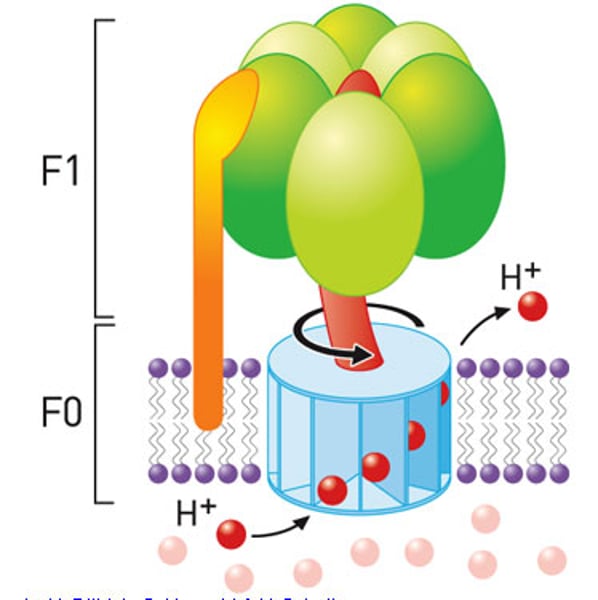Biochem Quiz - ETC & Oxidative Phosphorylation
1/19
There's no tags or description
Looks like no tags are added yet.
Name | Mastery | Learn | Test | Matching | Spaced |
|---|
No study sessions yet.
20 Terms
Q cycle
The shuttling of electrons between ubiquinol and ubiquinone in the inner mitochondrial membrane
Where does the Q cycle occur?
complex 3
What is the purpose of the Q cycle?
It links a two electron donor with a one electron carrier
Ubiquinone
electron transporter in the ETC that connects the first or second complex to the third
Ubiquinol
Reduced form of ubiquinone after it accepts electrons
What is complex I of the ETC?
NADH dehydrogenase
What is complex II of the ETC?
Succinate dehydrogenase
What is complex III of the ETC?
cytochrome c reductase
What is the purpose of Cytochrome C?
Shuttle electrons between complexes III and IV
What is complex IV of the ETC?
cytochrome c oxidase
What is Cytochrome C?
a small peripheral membrane protein located in the intermembrane space of mitochondria
What are the requirements for the ETC?
- Electron carriers (NADH & FADH2)
- Oxygen
Oxidative phosphorylation
The production of ATP using energy derived from the redox reactions of the ETC
Ubiquinone to ubiquinol
Q + 2e- + 2H+ ⇌ QH2

Electron transport inhibitors
- directly inhibit electron transport, causing a decreased proton gradient and block of ATP synthesis
Complex I inhibitor
Rotenone and Amytal
Complex III inhibitor
Antimycin
Reactive Oxygen Species (ROS)
a group of extremely reactive peroxides and oxygen-containing radicals that may contribute to cellular damage
ATP synthase
Large protein that uses energy from H+ ions to bind ADP and a phosphate group together to produce ATP

ATP synthase inhibitor
Oligomycin